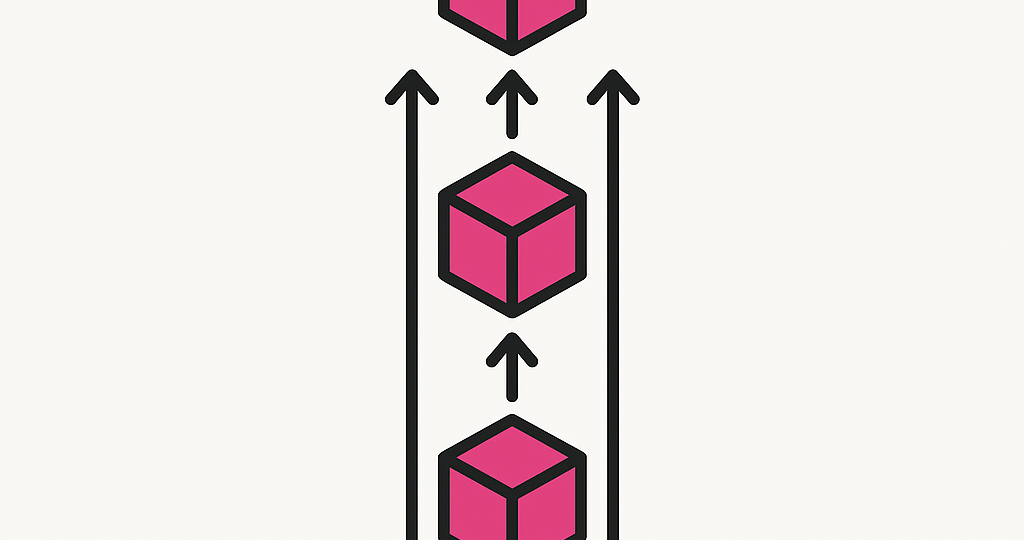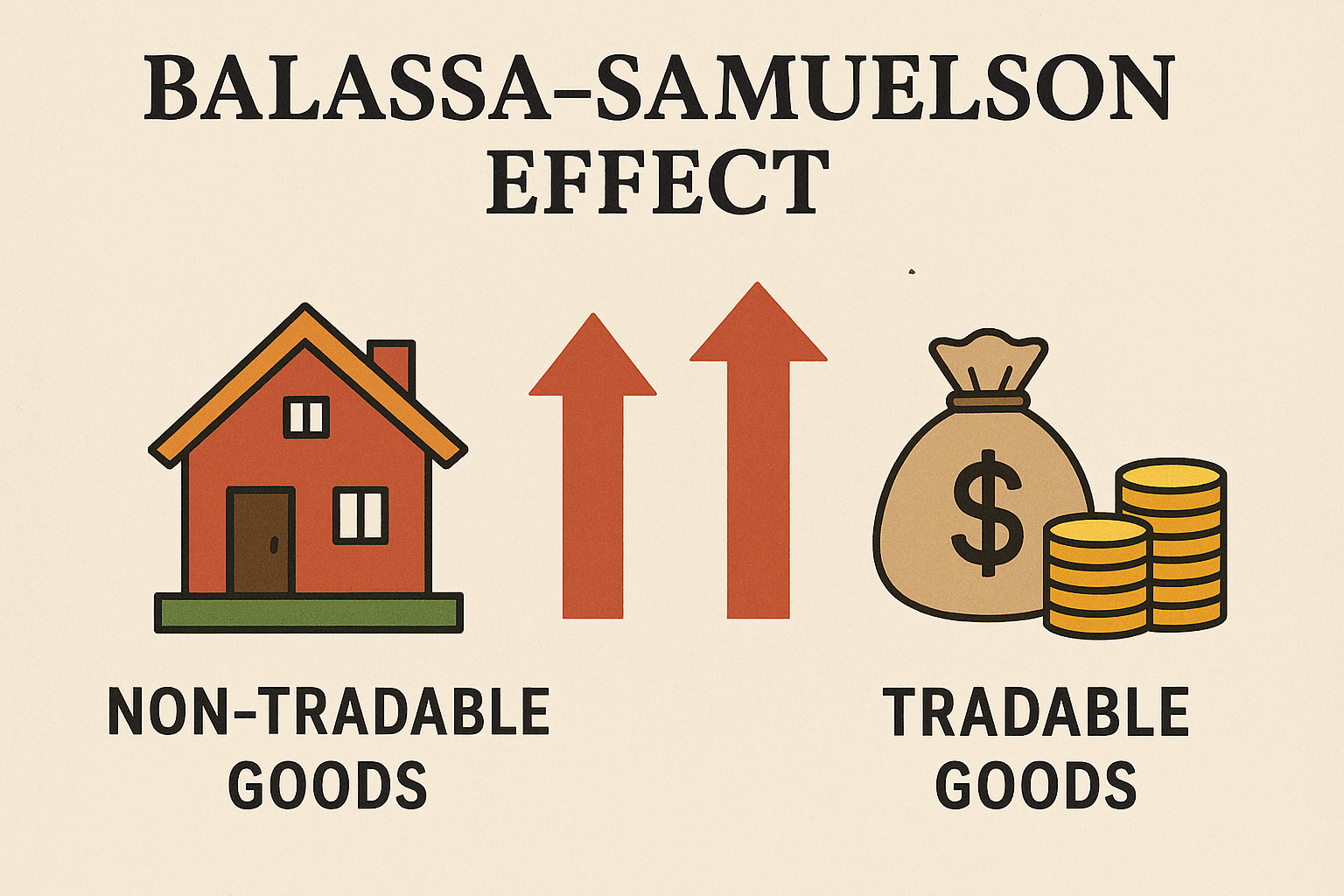
Let’s go into a little economics here. I’m working on a really interesting series, but until then, let’s talk about methods of integration.
What is vertical integration? Vertical integration is a business strategy that aims to control cost. How do you do it? By controlling multiple phases of the supply process. Let’s look into it. Take the example of a windows laptop. How does it get to you? To make things easier, I have
assumed a laptop company named ABC.
First there is a chip, intel or snapdragon more recently, being delivered to ABC. Nvidia then might give a video graphics card. Dolby provides speakers, and so on. Each company has to make a profit on their own products, so the price of the chip, card, etc is marked up. This increases costs of manufacturing of ABC, resulting in them in a higher price for the laptop to make profit.
The next problem is at the other end of the spectrum. When ABC gives sellers like Walmart, Best Buy, etc, they have to give a share of the profit for each laptop they sell. Another problem is once they give the laptop to the sellers, it’s the store that has control over the marketing, pricing (to some extent), and customer experiences. Nowadays, even the customer service
sometimes depends on the store and bad service can hurt the company severely.
The Solution? ABC decides to do all of this themselves. Like how Apple makes their own M series chips, ABC manufactures their own chips. They do the same for video cards, graphics card, speakers, etc. Moving to the other problem, they cut out middlemen, create their own online website from which you can directly order laptops from them. They are in control of marketing, pricing and so on which gives them a lot of freedom to advertise in any manner. It’s the same thing for customer service.
I just want to mention the names of these integrations. They are collectively called vertical integration, but when companies cut out the manufacturing side, its called backward integration and when they cut out middlemen on the retail side, its called forward integration. In today’s world, it is possible to do most of these integrations but doing it completely is difficult. Contemporarily, Apple is the closest example, but one of the best examples of all time is Carnegie Steel. This post is way too long, so I’m not going to explain that.
I’ll talk about another type of integration tomorrow. Stay tuned.
RELATED POSTS
View all


